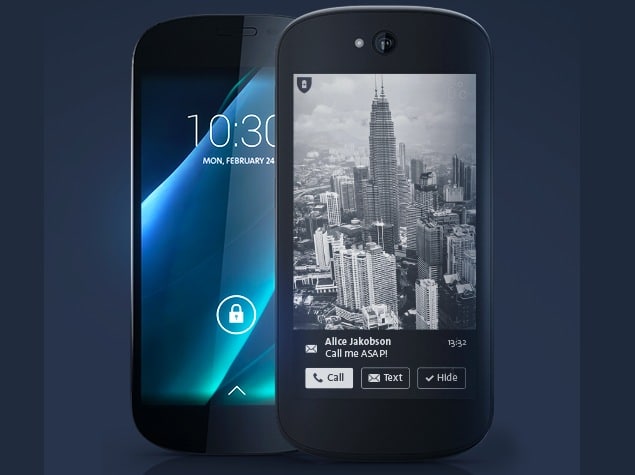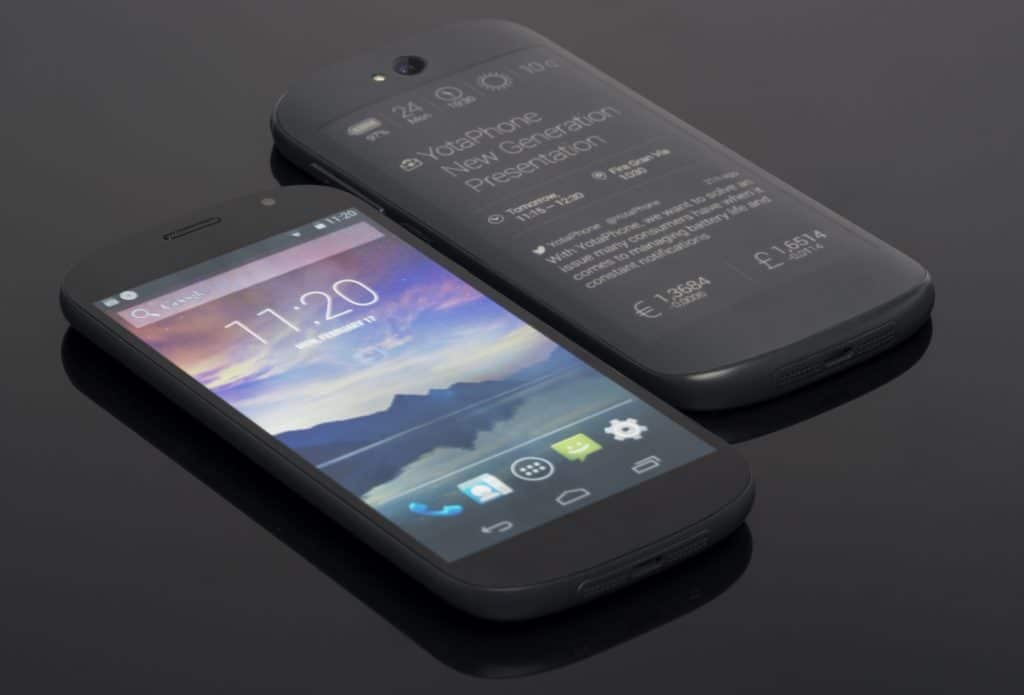It’s had an entire style makeover, with higher quality displays for front and back, a better and more powerful processor and it makes more efficient use of the e-ink screen. It is released in the market and can be preordered within the kingdom and therefore the remainder of Europe these days to order directly from the company’s website. It prices £550 in SIM-free model and unbarred, which rounds on to around $860 or AU$1,025. The YotaPhone 2’s e-ink screen is improved over its previous version both quality-wise and functionality-wise. It has a 960×540-pixel resolution which is far more than 640×360 pixels of the precursor. This helps in making the text look brighter, accurate, and a lot clear. It still has issues though. Its biggest drawback is with ghosting which simply means once the screen refreshes what is thereon, a faint trace of the previous screen is left behind. Though YotaPhone aforesaid this can be a bug within the code and can be resolved. The rear screen can operate in 3 main modes: YotaCover, which acts like a lock screen, displaying pictures from your gallery, a set of 4 home screens that are similar to Android with widgets for weather, favorite contacts, and app icons and a mode wherever it merely shows a similar robot interface you see on the liquid crystal display face.
The e-ink screen is absolutely touch-enabled, unlike the previous version. Thus you will be able to swipe around as you ordinarily would. It is much less responsive as compared to the LCD screen, thus it is not feasible for fast texting or emailing, however, it will bring additional practicality to the rear end display. Pressing and holding the home button on the LCD permits you to instantly take a screenshot of whatever’s on-screen and display it on the rear panel. It will then sit there till you replace it. It stays even if the phone’s battery dies utterly.

